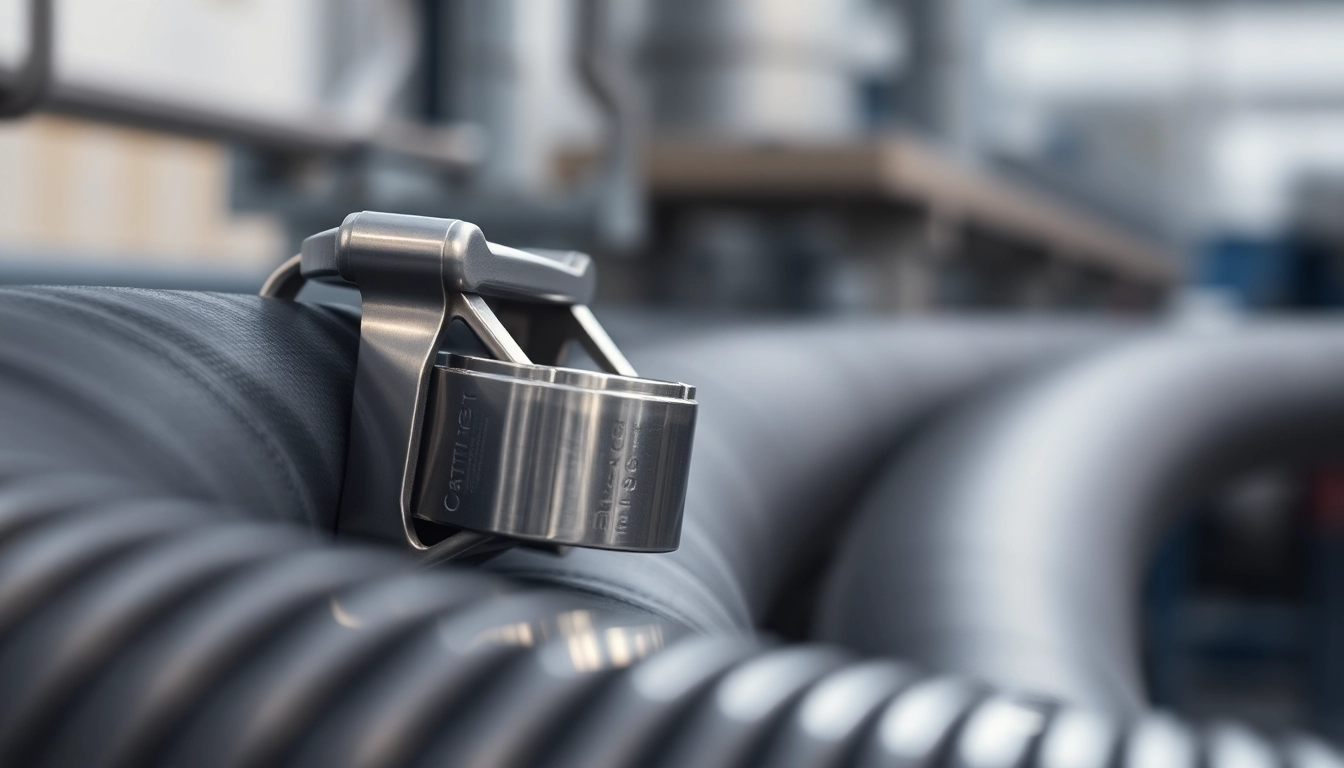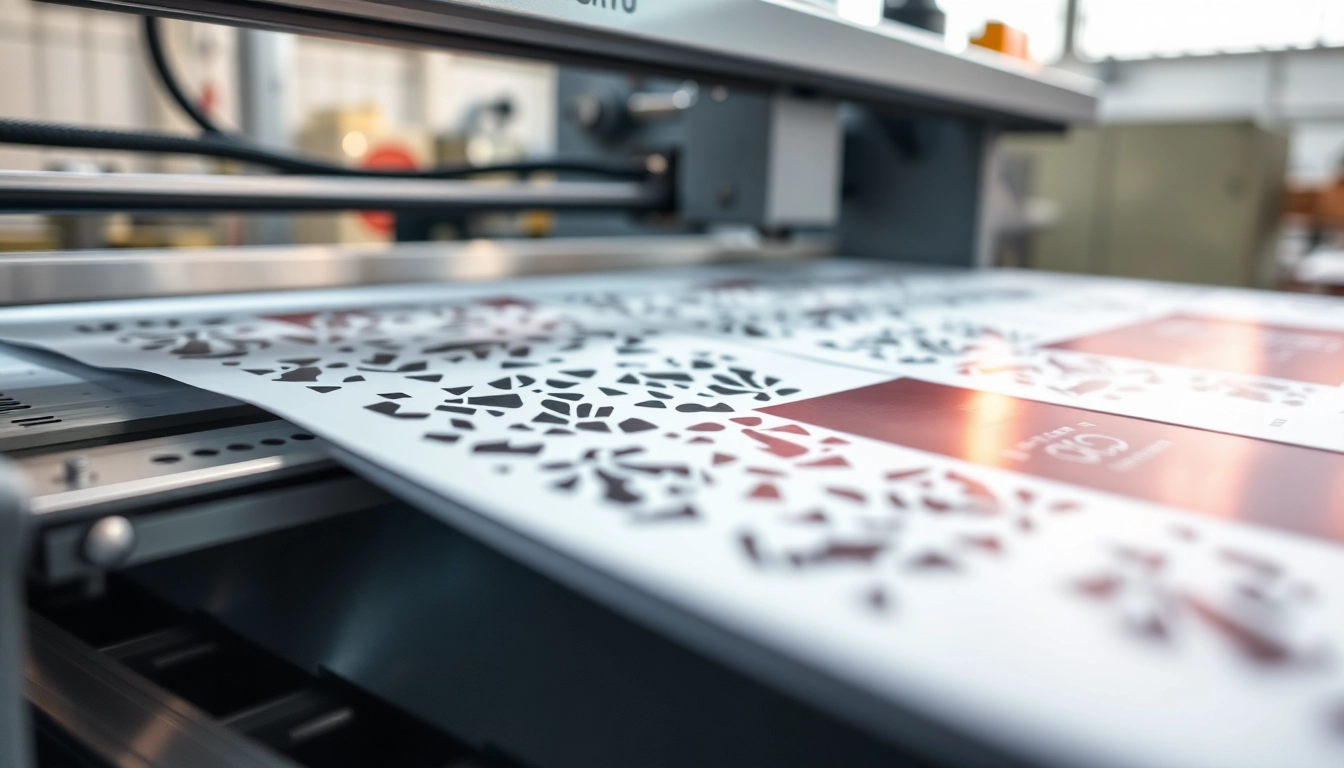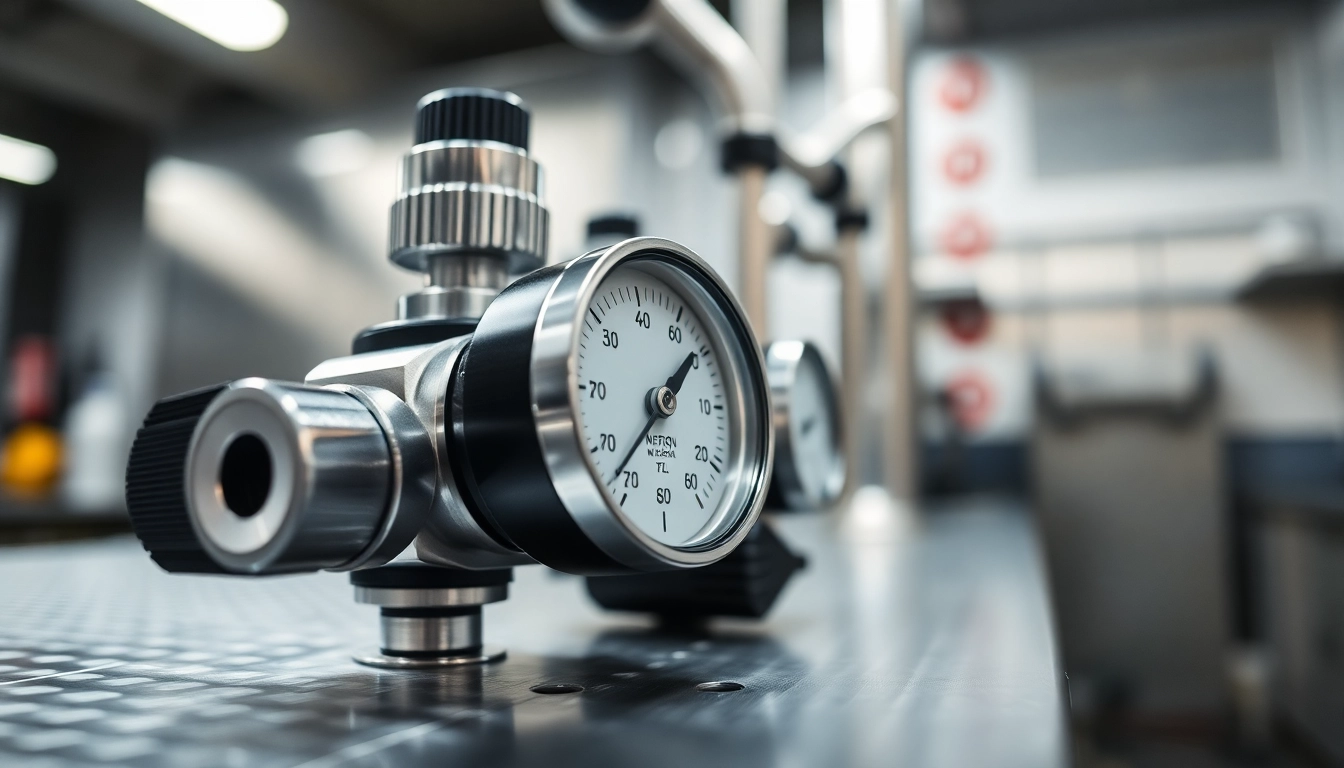Understanding Clamp on Hose Options
Clamp on hoses are essential components in various mechanical and plumbing applications, providing reliable seals for fluids and gasses. These specialized hoses can be found in automotive industries, plumbing, and other sectors where fluid transfer is crucial. When selecting a clamp on hose, understanding the different types available can greatly influence the success of your project. Let’s delve into the various elements of clamp on hoses, from their definitions to their applications and maintenance needs.
What is a Clamp on Hose?
A clamp on hose is a flexible tube equipped with clamps that secure the hose firmly to fittings, ensuring that fluids or gases transported through them do not leak. These hoses are generally made from materials such as rubber, silicone, or thermoplastic, providing resilience and flexibility. The clamps come in various designs—ranging from simple screw-type to more complex designs that adapt to different applications.
Different Types of Clamp on Hoses
Clamp on hoses come in multiple varieties, each designed for specific uses. Here are some of the most common types:
- Worm Gear Clamps: These are the most common type of hose clamps, featuring a band that wraps around the hose and is secured by a worm gear mechanism. They are reliable and easy to tighten, making them popular in automotive and plumbing applications.
- Spring Clamps: These clamps use a spring mechanism to exert constant pressure on the hose. They are ideal for applications where vibration is present, as they maintain a secure fit even when hoses expand or contract.
- T-Bolt Clamps: T-bolt clamps are heavy-duty options, perfect for high-pressure scenarios. They utilize a bolt and nut system, ensuring even distribution of force across the hose. These clamps are common in industrial and agricultural settings.
- Quick-Release Clamps: Providing the convenience of easy disassembly, these clamps are designed for applications where frequent access is required. They can be quickly loosened and re-tightened without needing tools.
Choosing the Right Clamp on Hose for Your Needs
Selecting the right clamp on hose requires consideration of several factors:
- Application Environment: Understand whether the hose will be used in high temperatures, corrosive chemicals, or areas prone to vibration. Different materials and clamp types are resistant to varying conditions.
- Size and Diameter: Measure the diameter of the hose and fittings to select a compatible hose and clamp size. Utilizing the wrong size can lead to leaks and system failures.
- Pressure Ratings: Ensure that the hose and clamps are suitable for the pressure requirements of your application. Always check manufacturer specifications for this information.
- Frequency of Use: For applications requiring frequent disassembly, quick-release clamps might be more beneficial than traditional worm gear clamps.
Applications of Clamp on Hose in Various Industries
Automotive Uses of Clamp on Hose
In the automotive industry, clamp on hoses are employed in various systems including fuel lines, coolant systems, and brake lines. The nature of these applications demands a tight seal to prevent leaks, as even small leaks in fuel or brake lines could lead to catastrophic failures.
For instance, worm gear clamps are commonly used on radiator hoses, providing a secure grip that can withstand high temperatures and pressures. Meanwhile, spring clamps are advantageous in areas where vibrations are prevalent, ensuring that connections remain intact even under dynamic conditions.
Plumbing and HVAC Applications
Clamp on hoses play a vital role in plumbing and HVAC systems as well. These systems often require hoses for transporting water and air, and leak prevention is paramount. Heavy-duty T-bolt clamps are often utilized in plumbing to ensure joints in high-volume water systems are secure. Additionally, in HVAC applications, proper sealing is vital to maintaining efficiency and preventing energy loss. Here, you might find stainless steel worm gear clamps being employed due to their corrosion resistance and strength.
Aerospace and Marine Considerations
In aerospace and marine environments, the stakes are high when it comes to sealing hoses. Here, the clamp on hose systems must withstand extreme conditions, including fluctuating temperatures, pressures, and corrosive saltwater in marine applications. Aerospace-grade clamps are designed to comply with rigorous safety standards and are essential to ensure the reliability of fluid transfer systems in aircraft.
Marine applications often feature quick-release clamps, which allow for swift repairs or modifications while at sea. Ensuring that hose clamps meet specific regulations and can perform under these dynamic conditions is critical for safety and efficiency.
Installation Tips for Clamp on Hose
Preparing the Hose and Clamp
Before installing a clamp on hose, it’s essential to prepare both the hose and the clamp correctly. Always ensure that the assembly surfaces are clean and free from any debris or corrosion that could hinder performance. Here are some preparatory steps to consider:
- Inspect the hose for any signs of wear or damage; if present, replace the hose before installation.
- Choose the appropriate clamp type based on the application requirements.
- Ensure that the clamp is compatible with both the hose diameter and the fittings it will secure.
Step-by-Step Installation Guide
Installing a clamp on hose typically follows a straightforward process:
- Slide the clamp onto the hose before connecting the hose to the fitting.
- Push the hose onto the fitting to ensure a snug fit.
- Position the clamp approximately ¼ inch from the end of the hose to ensure a proper seal without over-compression.
- Tighten the clamp according to manufacturer’s instructions. For worm gear clamps, use a screwdriver or socket wrench to tighten until secure.
- Inspect the installed clamp to ensure it’s positioned correctly and working effectively.
Common Mistakes to Avoid
Even seasoned professionals can make mistakes during installation. Be wary of the following:
- Over-tightening: While it may seem logical to tighten clamps as much as possible, over-tightening can damage the hose, leading to leaks.
- Incorrect Clamp Placement: Ensure clamps are positioned properly to maximize sealing efficiency.
- Neglecting to Inspect: Always conduct an inspection of the hose and clamp after installation to catch any potential issues early on.
Maintenance of Clamp on Hose Systems
Routine Checks and Inspections
Regular maintenance of clamp on hose systems is vital to ensuring their longevity and performance. Develop a schedule for routine checks to inspect for:
- Wear and tear on hoses.
- Corrosion or damage on clamps.
- Visible leaks at joints and fittings.
During inspection, ensure that all clamps are properly secured and re-tighten if necessary without exceeding the torque specifications.
Repairing Common Issues
Some common problems encountered with clamp on hose systems include:
- Leaking Joints: If you identify leaks, check the tightness of the clamp. If the leak persists, inspect the hose for defects.
- Corrosion: Remove any corroded clamps and replace them with new ones. Ensure materials are suitable for the application to minimize further corrosion.
- Cracking or Bulging Hoses: Hoses showing signs of wear should be replaced immediately to prevent failure. Inspect the clamps to make sure they are not overly restricting hose flexibility.
When to Replace Your Clamp on Hose
Given the critical role clamp on hoses play in various systems, knowing when to replace them is fundamental. The general indications for replacement include:
- Visible signs of cracks or tears in the hose material.
- Frequent leaks that suggest a worn connection.
- Clamps that fail to provide necessary tension or have broken parts.
Establishing a schedule based on usage and environmental factors will help ensure that worn components are reliably replaced prior to leading to larger catastrophic failures.
Future Trends in Clamp on Hose Technology
Innovations in Material and Design
As industries evolve, so do materials and technologies associated with clamp on hoses. Advances in material science have led to the development of more durable, flexible, and resistant hoses that can withstand higher pressures and varied environmental conditions. New composite materials, for instance, are becoming popular due to their lightweight yet strong properties.
In addition, smart clamps are emerging, incorporating sensors that detect pressure changes and alert users to potential leakages or failures. These innovations can revolutionize the monitoring process, leading to enhanced safety and operational efficiencies.
Market Growth and Product Developments
The clamp on hose market is expected to experience significant growth, driven by expanding industrial activity and increasing safety regulations. New product development is probable, with manufacturers focusing on producing clamps that not only provide exceptional sealing capabilities but also integrate enhanced safety features.
Furthermore, customization in hose and clamp design is becoming more prevalent, catering to specific industry requirements. This trend enables end-users to find tailored solutions that meet their unique operational needs, boosting overall system performance.
Impact of Industry Standards
Industry standards are continuously evolving to ensure safety and efficiency. Organizations are working to develop standardized tests for clamp and hose durability, which will guarantee that these components can perform reliably in various applications. Staying abreast of these changes will enable businesses to maintain compliance and ensure that their products meet stringent safety benchmarks.
Additionally, updates in regulations related to material toxicity and environmental impact will push manufacturers to develop eco-friendly hoses and clamps that meet both performance and sustainability criteria.



